Islands may offer 'a glimpse of the future' and P.E.I. plays a global role in showing us how
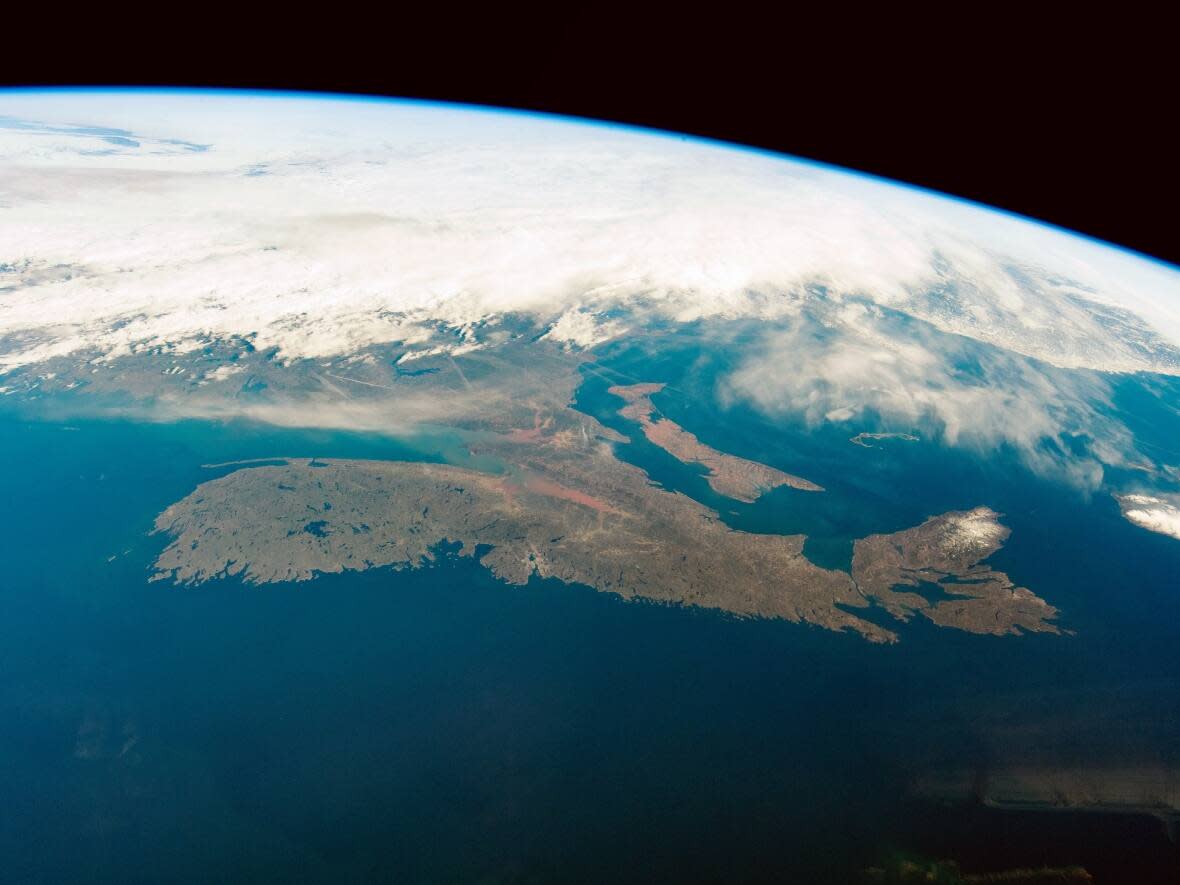
In September 1992, representatives of a dozen or so countries and dependent territories met in Canada's smallest province to talk about the one thing they all had in common: They all came from islands.
The hosts, an assorted group of scholars from the then-still-new University of Prince Edward Island Institute of Island Studies, couldn't have possibly foreseen that between dry academic discussions on issues such as Icelandic sovereignty, they were starting a movement.
"We were both setting up institutes of island studies for similar reasons at our respective universities. And very soon of course, within a few years, we found out about each other," said Godfrey Baldacchino, a sociology professor at the University of Malta.
"I was invited, and I haven't looked back."
Baldacchino, who also teaches at UPEI, is one of the leading scholars in island studies, an academic field that during that conference first got its moment in the sun.
Islands have captured imaginations since the times of Homer, and scholars have rigorously studied their particularities starting with at least Darwin (think Island gigantism). But island studies — also known as "nissology" — didn't develop into its own thing until the mid-1980s.
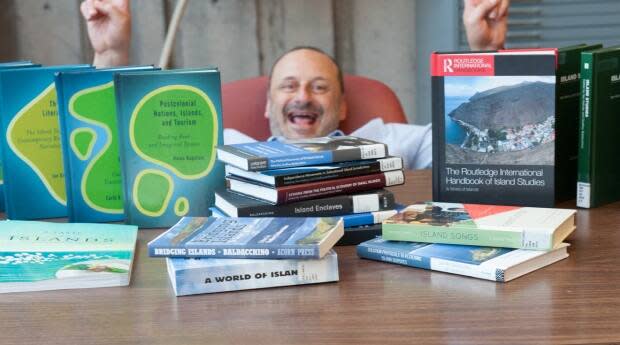
That was chiefly the result of the independent work of scholars in two small islands: Malta in the Mediterranean Sea, and Prince Edward Island.
"There's quite a large network now of island studies researchers around the world. And I'm really proud to say that here we've been doing it amongst the longest," said Laurie Brinklow, the current chair of the UPEI Institute of Island Studies.
On P.E.I., Brinklow said, island studies first developed out of the efforts of one scholar, Harry Baglole, who analyzed the Island's historical relationship with the Canadian mainland within the context of other islands who've had a similar relationship with their respective countries.
Since then, the University of Prince Edward Island has been at the centre of island studies, spearheading international initiatives like the UNESCO chair of island studies and cultivating a network of researchers from islands all over the world.
But Brinklow said the topics they debate don't just affect islands. In fact, she believes they are the "canary in the coal mine" for some of the most hotly debated contemporary issues, including self-determination, Indigeneity, colonialism, migration and climate change.
"I was at a conference recently where somebody said islands are a glimpse of the future, and what happens on an island is going to happen to the rest of the world. And we're seeing that with climate change," she said.
Changing coastlines
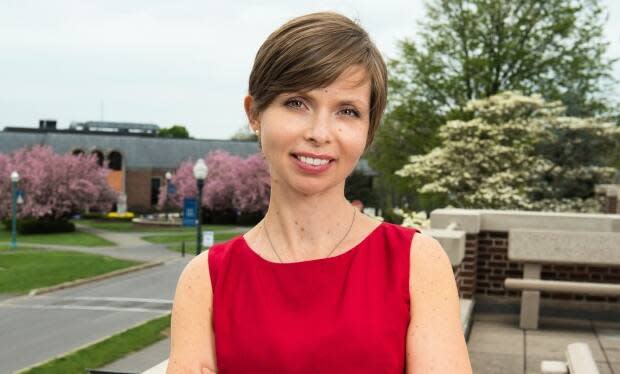
Similar to other forms of "area studies," nissology is multi-disciplinary in that it encompasses "hard sciences" such as geology as well as fields such as history, political science and even philosophy.
"In order to understand what goes on even on a very small island, you can't simply adopt a mono-disciplinary lens. You realize very quickly that what you're trying to study melds into other areas of knowledge," Baldacchino said.
Claire Campbell is a professor of environmental history at Bucknell University in Pennsylvania and associate researcher at the Institute of Island Studies.
By looking at historical maps and archives, Campbell has been exploring how humans have altered coastlines and made themselves more vulnerable to climate change.
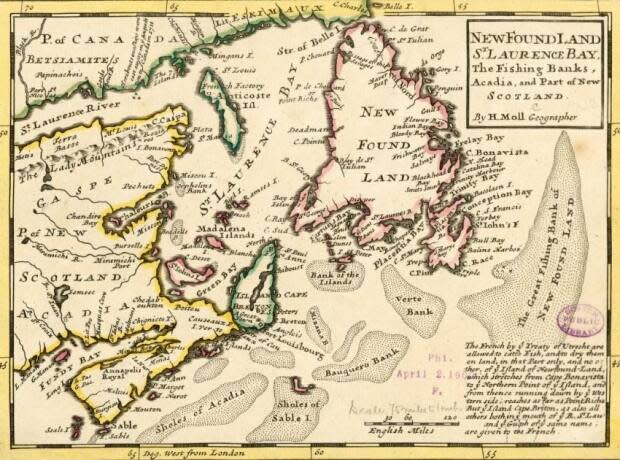
"One of my projects was to look at the city of Charlottetown and how over the course of the long 19th century … how this city altered the freshwater that ran through the city and where it came out at Government Pond, at the shoreline there, and how it filled in other estuaries and tidal marshes in order to build railway infrastructure," she said.
Campbell said this historical research could point out the way as to how urban and industrial development to places where the impacts of climate change are most evident and happening at a quicker pace.
"In the case of Prince Edward Island, we're seeing erosion from storm surges, from more intense weather," she said. "We are seeing the hazards of building too close to the shore, and islands ask us to think about how can we adapt the way we live in order to live through climate change."
'It's bounded. It's small. It's isolated'
Gerard Prinsen teaches international development at Massey University in New Zealand. He is also a professor at the institute's global classroom.
He said his work on the dynamics of development in the Global South naturally drew him to islands.
"Particularly when we talk about colonial history, a lot of colonial history is associated with islands. And that's how I got in touch with the field of island studies — which in itself is not really a big thing in New Zealand or Australia," he said.
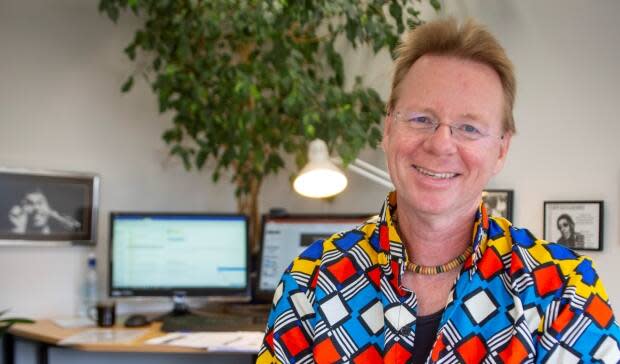
Prinsen researches things such as conflict resolution in the small communities of the archipelago of Tokelau, and the economic factors that led islands in the Caribbean and the Pacific to keep a bond to their colonial metropole instead of turning independent.
While he said there's a big debate as to whether historical and geographical features make experiences in islands such as these not comparable to, say, P.E.I., Prinsen believes all islands have things in common that have an effect on the people that live in them.
"People understand that island studies for Iceland is different than island studies for Jamaica or for Samoa," Prinsen said. "But at the same time, all these scholars recognise these basic principles like 'OK, it's bounded, it's small, it's isolated.'"
Baldacchino said cases for comparison are "infinite."
"Let's take for example, island tourism," he said. "The Caribbean, places like Grenada or Jamaica for instance; cold water islands like Iceland, like Greenland; Pacific island destinations like Fiji, or Bora Bora. These have very particular characteristics, one of them being for example, the dominance of the tourism industry.
"That can give that sector undue influence in policy-making … One can see what the response has been by the governments of those islands in order to minimize the extent of that sector, in order to push for the growth of alternative sectors."
'Islandness'
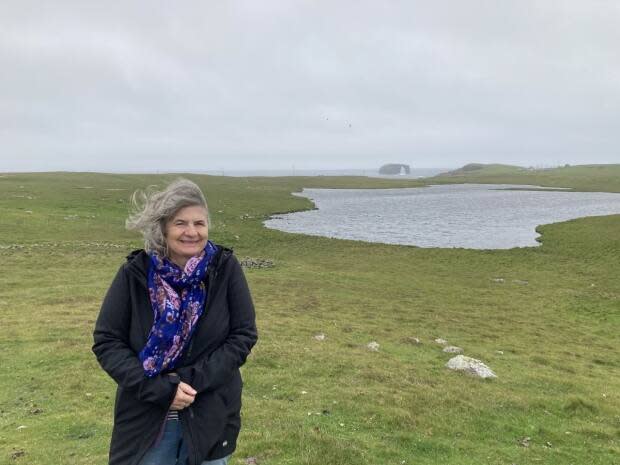
Having studied the works of island artists from Tasmania and Newfoundland, Brinklow believes those common features create a sense of "islandness" that permeates how islanders view themselves in relation to others.
"We are bounded and we are independently spirited because we're cut off from the mainland, but we're also connected ... islands are the most connected places in the world, because they have to be out of survival," she said.
"Yet, there's that sense — and you see this on islands all over — that we're different, we're separate from everywhere else."
Baldacchino said he's skeptical of this view, but that what makes island studies exciting is that there's room for all sorts of approaches to the discipline.
And the field continues to grow. Brinklow was recently in talks with scholars from Saaremaa, an island in Estonia, who want to set up their own island studies institute.
'Geographies of hope'
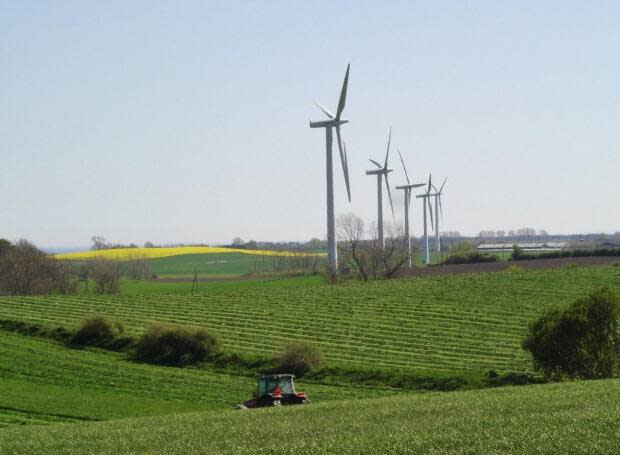
Samsø is a small island located a dozen or so kilometres off the coast of the Danish mainland. With only about 4,000 inhabitants, there's really not much most people could say about it.
Some scholars, however, believe this small island points the way toward the future.
"They took on this challenge of transforming their island first into a carbon-zero island," said Baldacchino.
"Now with the measures that they have taken, including having a ferry service that runs on a fuel-efficient system, they've extended their low-impact carbon economy into one that is even a carbon-negative one."
Baldacchino said that's the kind of case study that could point the way forward for the rest of the world — and that it's difficult such an example could have happened elsewhere but an island.
"Whole countries in the Pacific risk being inundated even with a two or three-metre rise in sea levels. At the same time, however, there is room for hope," he said.
"There are islands which actually serve us as geographies of hope. They become expressions, exponents of a different type of development which is more in tune with blue-economy kind of concepts, which is also more in tune with a decarbonized future. These kinds of experiments seem to be more easily done in small, contained places."


